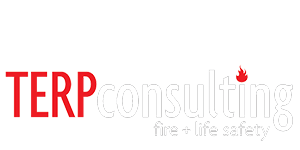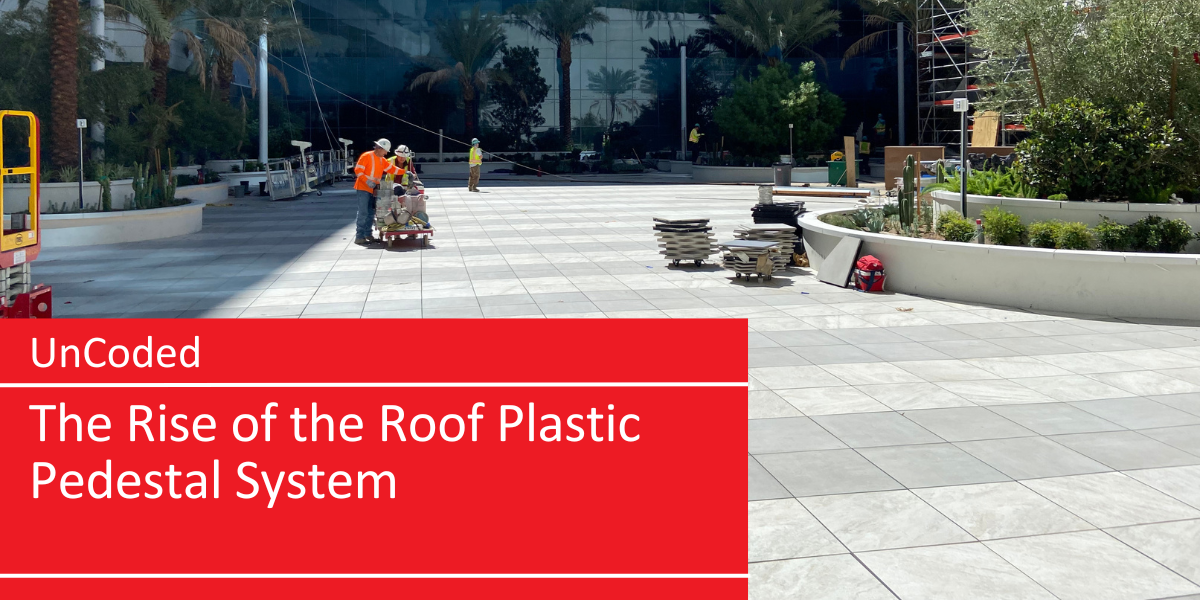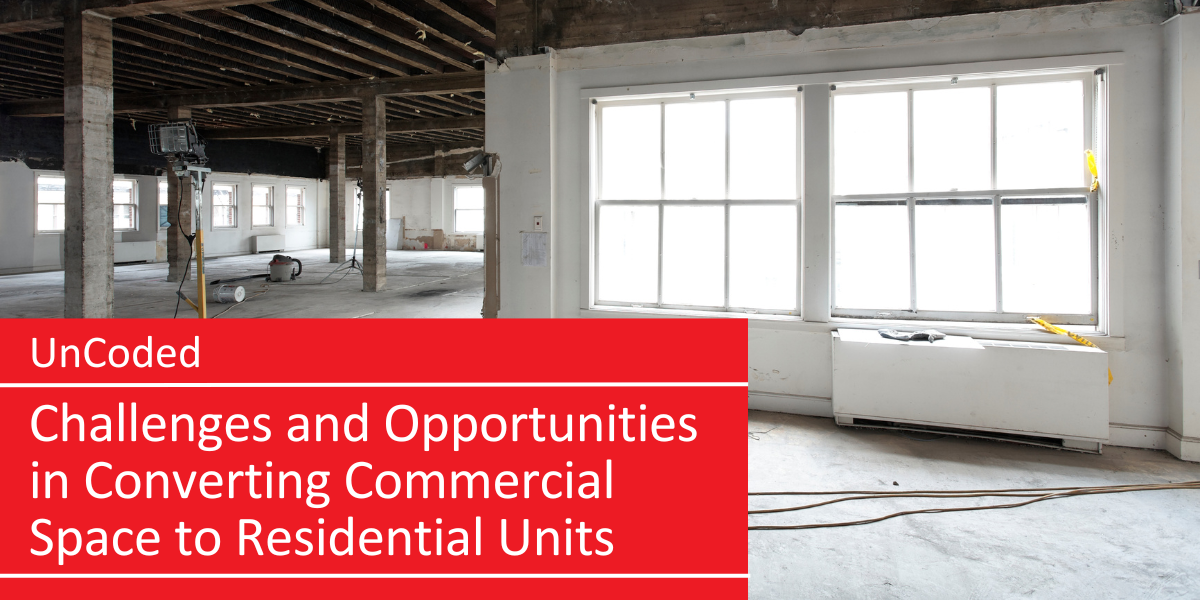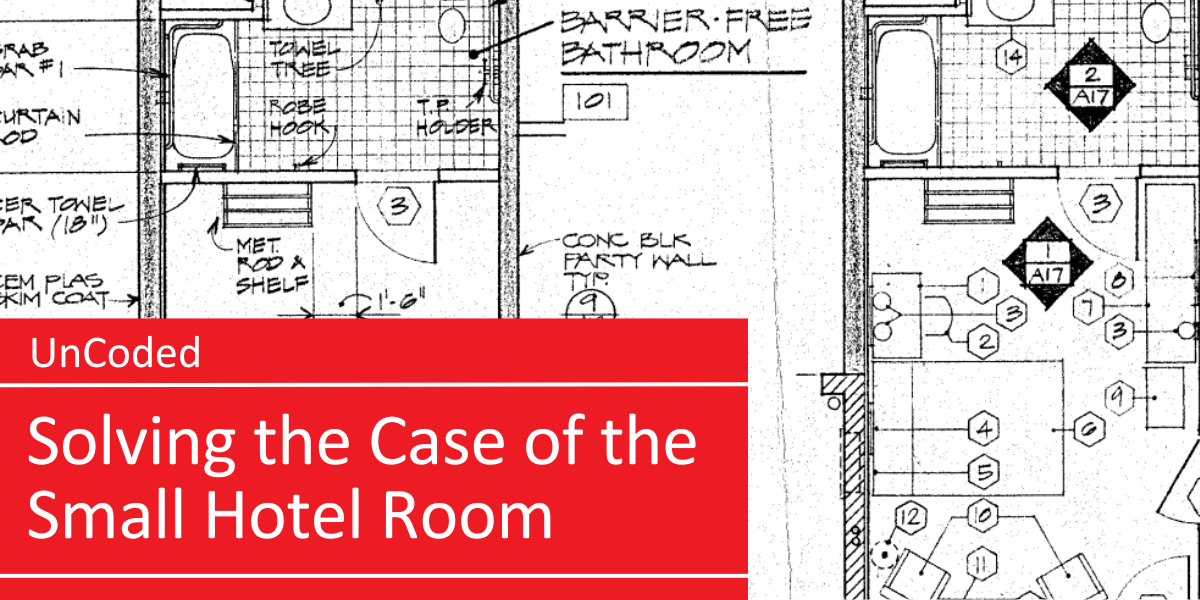Is there a benefit to performing a CONTAM analysis on existing buildings?
About This Project
by Lana Benny, EIT, AIFireE
A CONTAM analysis can help identify potential issues with a building’s existing fire protection and ventilation systems. In short, by simulating the airflow patterns and evaluating the performance of these systems during a blaze, fire protection professionals can identify areas for improvement and make recommendations for retrofitting or upgrading the systems to improve their effectiveness.
CONTAM, a computer software program developed by the National Institute of Standards and Technology (NIST) for modeling indoor air quality and ventilation in buildings, can also help identify risks to the safety of occupants during a fire. By simulating different fire scenarios and analyzing the results, fire protection professionals can determine whether the environment inside the building will be safe for occupants to breathe and move through.
Performing a CONTAM analysis of an existing building can help fire protection professionals ensure that the building is safe, efficient, and resilient by identifying areas for improvement and making recommendations for retrofitting or upgrading existing systems.
What types of buildings are well-suited for CONTAM analysis?
CONTAM can analyze a wide range of building projects, from small residential buildings to large commercial and industrial complexes. However, some types of building projects are more commonly analyzed using CONTAM. These include:
 High-rise Buildings: High-rises present unique fire protection and ventilation system design challenges. CONTAM can be used to model complex airflow patterns (especially stack effect) and evaluate the effectiveness of ventilation systems and pressurization systems in controlling the spread of smoke and gases during a fire. As stipulated in Chapter 9 of the 2021 International Building Code (IBC), it is mandatory to assess the design of smoke control systems by conducting a rational analysis that takes into account the potential adverse impacts caused by wind loads on a building, as outlined in IBC Section 909.4. The analysis can also address the effects of wind on the windward and leeward sides of the building by incorporating the wind into the CONTAM model. It can also be used to perform tenability analysis to ensure the safety of occupants during a fire.
High-rise Buildings: High-rises present unique fire protection and ventilation system design challenges. CONTAM can be used to model complex airflow patterns (especially stack effect) and evaluate the effectiveness of ventilation systems and pressurization systems in controlling the spread of smoke and gases during a fire. As stipulated in Chapter 9 of the 2021 International Building Code (IBC), it is mandatory to assess the design of smoke control systems by conducting a rational analysis that takes into account the potential adverse impacts caused by wind loads on a building, as outlined in IBC Section 909.4. The analysis can also address the effects of wind on the windward and leeward sides of the building by incorporating the wind into the CONTAM model. It can also be used to perform tenability analysis to ensure the safety of occupants during a fire.
Hospitals: Hospitals are high-risk buildings that require special attention to ensure the safety of patients, staff, and visitors during a fire. CONTAM can be used to evaluate the performance of ventilation systems and identify potential risks to the safety of occupants, helping to optimize the design of fire protection systems and minimize the risk of harm. It can be used to evaluate the effectiveness of isolation rooms and negative pressure rooms and perform a tenability analysis to ensure the safety of patients and staff during a fire.
Laboratories: Labs are high-risk facilities that require specialized ventilation systems to control the spread of hazardous materials and prevent contamination. Some examples include fume hoods, biosafety cabinets, and other containment systems. CONTAM can be used to evaluate the performance of these systems and identify areas for improvement, helping to ensure the safety of occupants and the integrity of research activities. It can be used to perform tenability analysis to ensure the safety of researchers and staff during a fire.
Schools and Universities: Educational spaces are high-occupancy buildings that require effective fire protection and ventilation systems to ensure the safety of students, staff, and visitors. CONTAM can be used to evaluate the performance of these systems and identify potential risks to the safety of occupants, helping to optimize building design and fire protection strategies.
 Industrial Facilities: CONTAM can be used to evaluate the effectiveness of ventilation systems, optimize the design of pressurization systems, and perform tenability analysis to ensure the safety of workers in an industrial facility or warehouse during a blaze.
Industrial Facilities: CONTAM can be used to evaluate the effectiveness of ventilation systems, optimize the design of pressurization systems, and perform tenability analysis to ensure the safety of workers in an industrial facility or warehouse during a blaze.
Residential Buildings: CONTAM can be used to evaluate the effectiveness of ventilation systems, optimize the design of pressurization systems, and perform tenability analysis to ensure the safety of occupants in a multifamily dwelling during a fire.
CONTAM is a versatile tool that can analyze many building projects — from residential and high-rise commercial buildings to healthcare facilities, laboratories, and industrial facilities. By simulating the airflow patterns and evaluating the performance of fire protection and ventilation systems, CONTAM can help ensure fire protection systems are up to date and appropriately retrofitted to provide the necessary fire protection systems and keep its occupants and property safe in the event of a fire.
Lana Benny, EIT, AIFireE is a fire protection consultant at TERPconsulting where she has performed a wide range of fire and smoke modeling services on projects worldwide. Lana’s areas of expertise include smoke management, pressurization analysis, architectural plan review, fire risk assessment, and determining code-compliant fire protection approaches for various occupancies. To contact Lana, click here.






